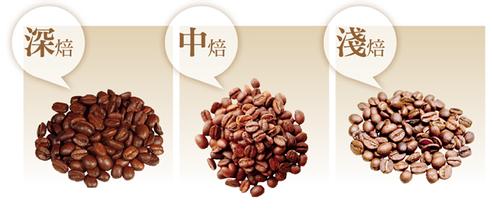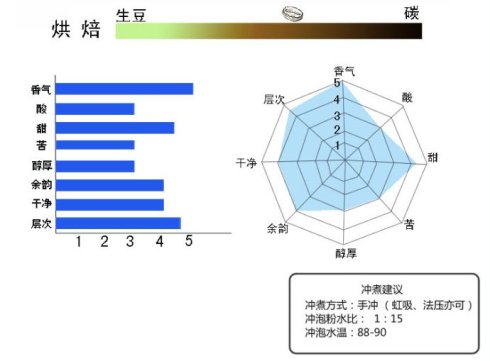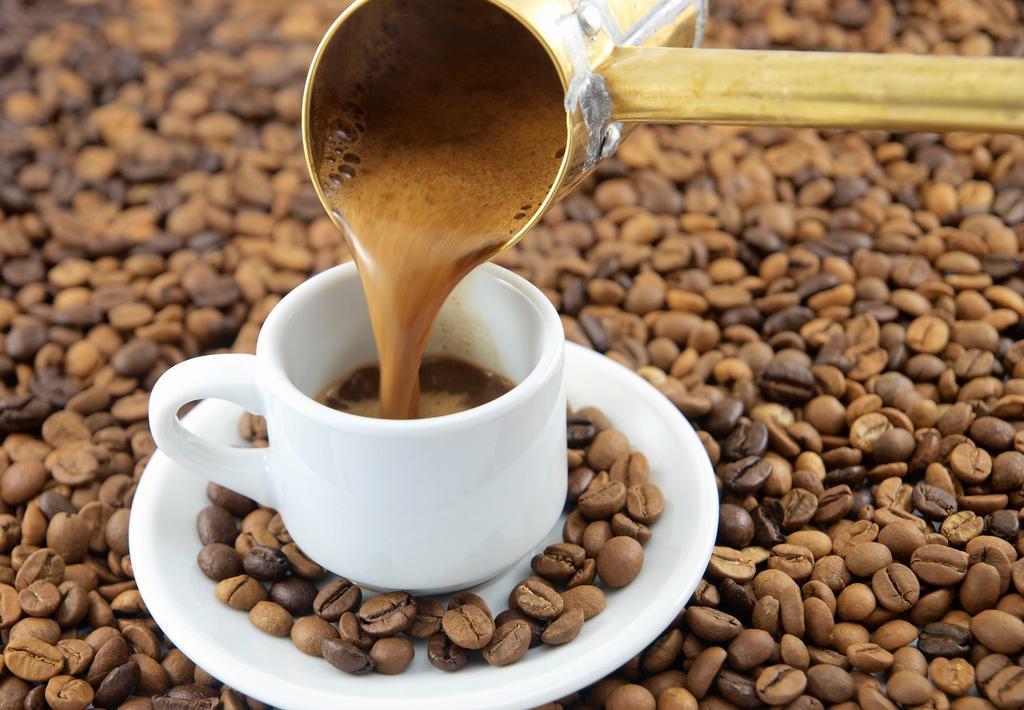Coffee Bean Ingredients Caffeine Coffee Color, Aroma, Flavor Coffee Bean Flavor
Caffeine is the most eye-catching of all the ingredients of coffee. It belongs to plant xanthamins (animal muscle components) and has the same properties as theobromine in cocoa and theophylline in green tea.
Caffeine is the most eye-catching of all the ingredients of coffee. It belongs to a kind of phytoxanthine (animal muscle component). It has the same properties as theophylline contained in cocoa, green tea contains the same theophylline, and the percentage of reduction after baking is very small. Caffeine has a very extensive effect. It will affect various parts of the human brain, heart, blood vessels, gastrointestinal tract, muscles and kidneys. The right amount of caffeine will stimulate the cerebral cortex, promote sensory judgment, memory and emotional activity, and make the myocardial machinery more active. Vasodilation enhances blood circulation and improves metabolic function. Caffeine can also reduce muscle fatigue and promote digestion (digestion of food) fluid secretion. In addition to this, because it also promotes the kidney function to help the body expel excess sodium ions (chemicals that hinder the metabolism of water molecules), caffeine will not accumulate in the body like other narcotic or excitant substances (narcotic drugs, oil (oil and food) paint solvents, stimulants, etc.) and will be excreted in about two hours. The biggest bitterness of ─ in coffee flavor is caused by caffeine.
Tannic acid
After extraction, tannic acid will turn into a yellowish powder, which can easily blend into water, and after boiling, it will decompose and produce pyrosylic acid, which will make the coffee taste worse, and if it is soaked and left for several hours, the color of the coffee will become thicker than when it was just soaked, and it is also less tasty, so there is the saying that "it is best to drink it as soon as possible."
Fat
The fat in coffee plays a very important role in flavor. It is found that there are many kinds of fat in coffee, the most important of which are acidic fat and volatile fat. Acidic fat means that the acid in fat varies with the type of coffee, and volatile fat is the main source of coffee aroma. Once the fat contained in roasted coffee beans comes into contact with the air, chemical changes may occur and the taste and flavor will become worse.
Protein
The main source of calorie is protein, and like dripping coffee, most of the protein will not dissolve, so no matter how much coffee is drunk, the nutrition is limited, which is why coffee will become a sacred product for people who lose weight (weight loss food).
Sugar
Without sugar, you will not only feel the bitterness of caffeine and the sour taste of tannin, but also feel sweet, which is caused by the sugar contained in the coffee itself. After baking, most of the sugar will be converted to caramel, bringing a unique brown to the coffee.
Mineral substance
There are lime, iron (iron food), sulfur, sodium carbonate, phosphorus, chlorine, silicon and so on. Because the proportion is very small, it does not affect the flavor of coffee and brings only a little astringency.
Crude fiber
The fiber of raw beans will be carbonized after baking, which combines with the caramelization of sugar to form the hue of coffee, but the fiber turned into powder will have a considerable impact on the flavor of coffee. Therefore, we do not encourage the purchase of powdered coffee beans, because it is less able to taste the flavor of coffee.
The bitter acid and mellow flavor of coffee
The color, aroma and taste of coffee are caused by some complex chemical changes that take place during the baking process. Therefore, raw beans must go through appropriate chemical procedures to achieve the most balanced state of its essential ingredients in order to be regarded as the best baked beans. The aroma of coffee changes with the heat, so the baking time should be shortened as much as possible, and the heat should be controlled at the lowest temperature that can produce effective chemical composition of coffee beans, that is, the time and heat of the shortest process, so that coffee beans can produce the most suitable composition ratio.
Aroma is the life of coffee quality, and it can best represent the coffee production process and baking technology, as well as the climate, elevation, variety, refined treatment, harvest, storage, and the appropriateness of baking technology in the consuming country. The results of gas chromatographic analysis showed that the aroma of coffee was composed of acid, alcohol, acetaldehyde, ketone, ester, sulfur compound, phenol, nitrogen compound and nearly hundreds of volatile components. Generally speaking, fat, protein and sugars are important sources of aroma, while lipids blend with the sour and bitter of coffee to form a smooth taste.

. Therefore, the disappearance of fragrance means that the quality is getting worse, and the relationship between aroma and quality is very close.
Important Notice :
前街咖啡 FrontStreet Coffee has moved to new addredd:
FrontStreet Coffee Address: 315,Donghua East Road,GuangZhou
Tel:020 38364473
- Prev

How to choose coffee beans? how to buy coffee beans?
No matter what kind of coffee beans, freshness is an important factor affecting the quality. When choosing and buying, grab one or two coffee beans and chew them in your mouth. If there is a clear sound (indicating that the coffee beans are not damp) and the tooth pods stay fragrant, it is the top grade. No matter what kind of coffee beans, freshness is an important factor affecting the quality of coffee. When shopping, grab one or two coffee beans and chew them in your mouth, if they are crisp.
- Next

The advantages of Coffee the disadvantages of Coffee and weight loss Coffee and calorie Coffee
Coffee tannin: the boiled tannin will decompose into pyrouric acid, so the coffee that has been brewed for too long will taste worse. Fat: the most important ones are acid fat and volatile fat. Acidic fat: that is, fat contains acid, its strength will vary according to the type of coffee. Volatile fat: is the main source of coffee aroma, it is a kind of aroma will emit about 40 kinds of aromatic substances.
Related
- Guji coffee producing area of Guji, Ethiopia: Humbela, Shakiso, Wulaga
- What is the most expensive variety of Qiloso in BOP multi-variety group?
- How to store the coffee beans bought home?
- Why are Yemeni coffee beans so rare now?
- Ethiopian Sidamo all Red Fruit Sun Sun Santa Vini Coffee beans
- SOE is mostly sour? What does it mean? Is it a single bean? what's the difference between it and Italian blending?
- Is Italian coffee beans suitable for making hand-brewed coffee?
- How to choose coffee beans when making cold coffee? What kind of coffee beans are suitable for making cold coffee?
- Just entered the pit to make coffee, what kind of coffee beans should be chosen?
- Can only Japan buy real Blue Mountain Coffee? What are authentic Jamaican Blue Mountain coffee beans?

